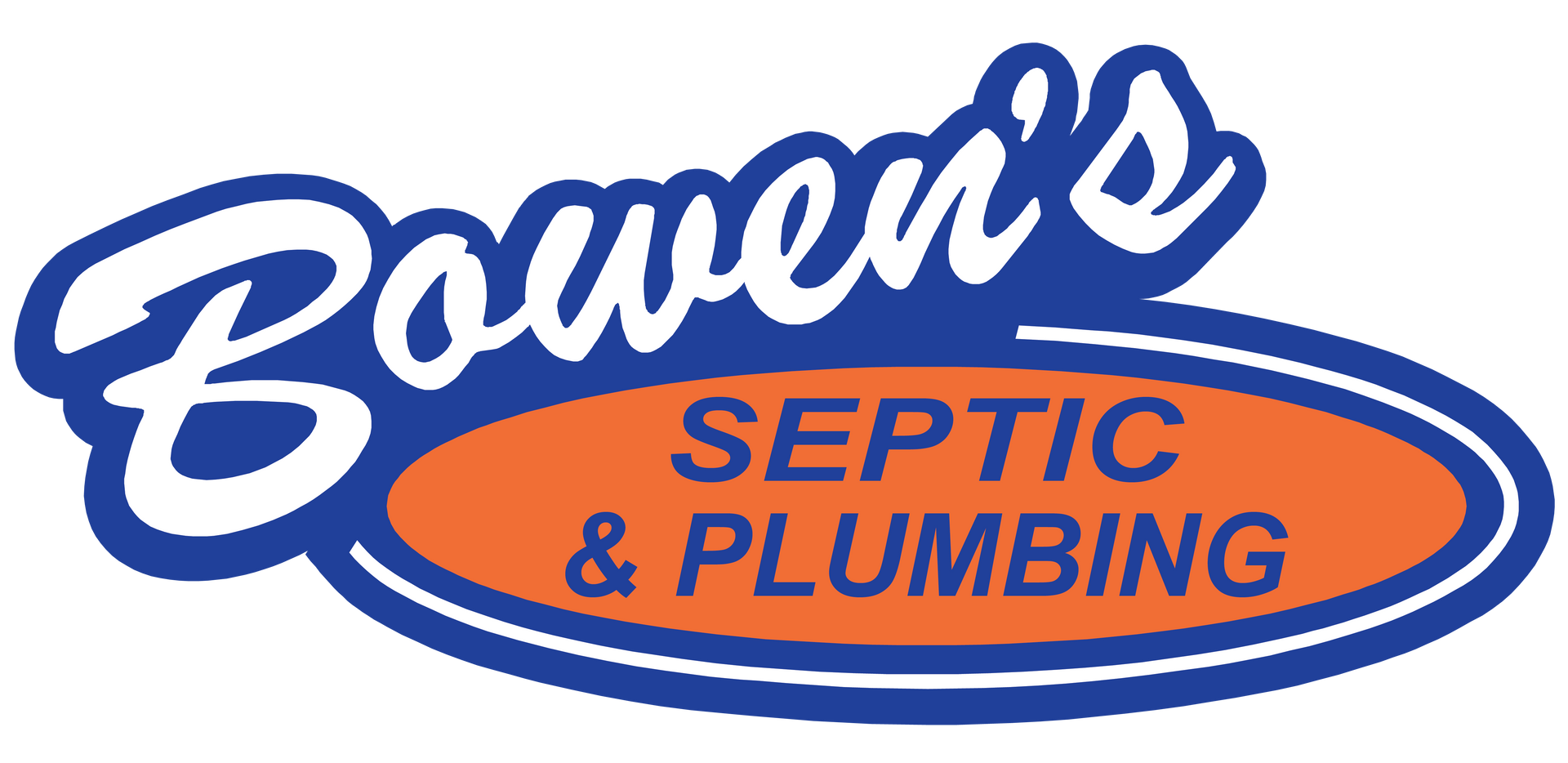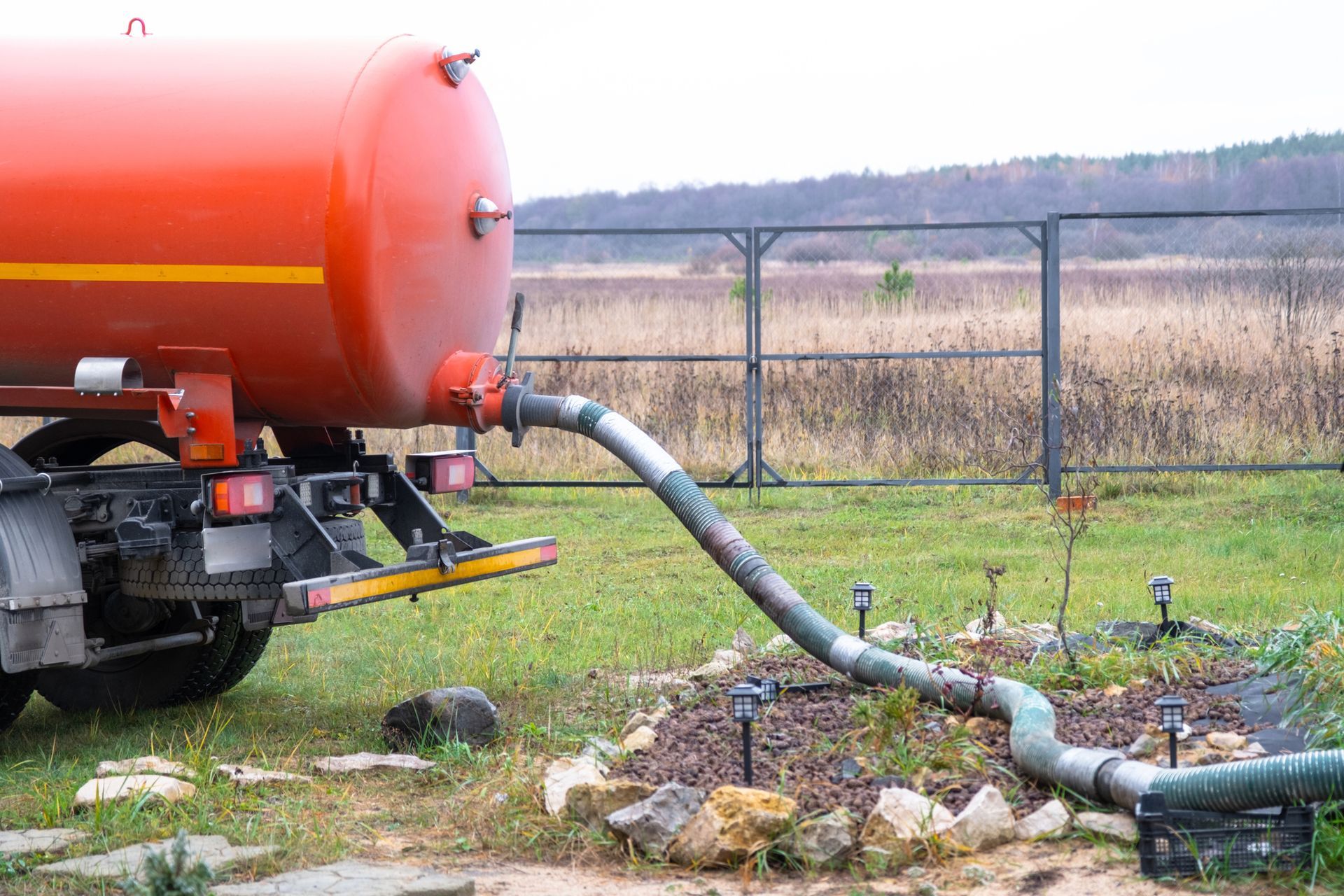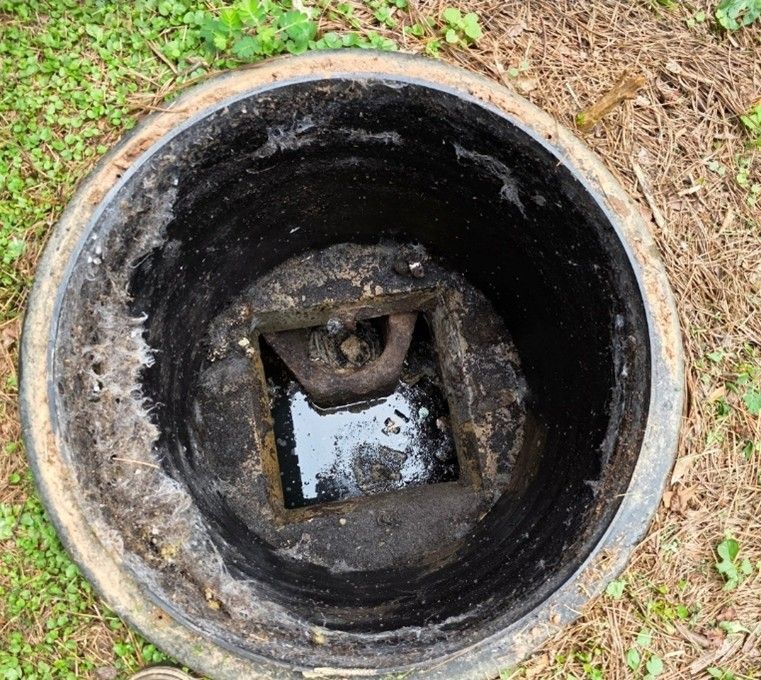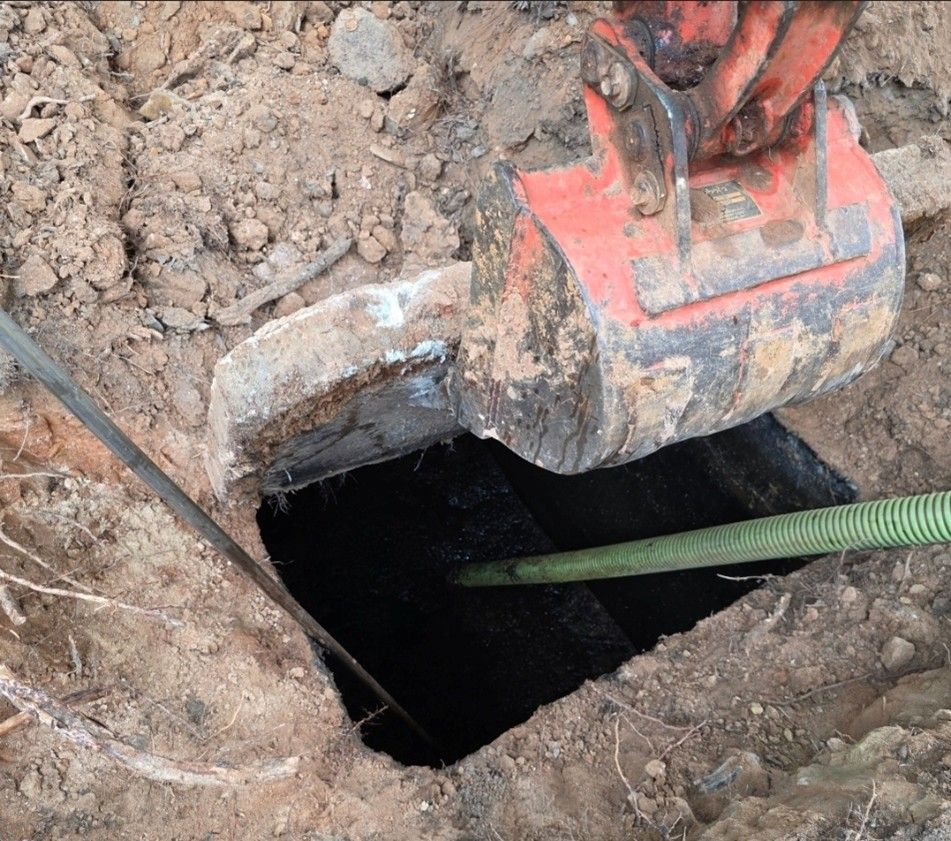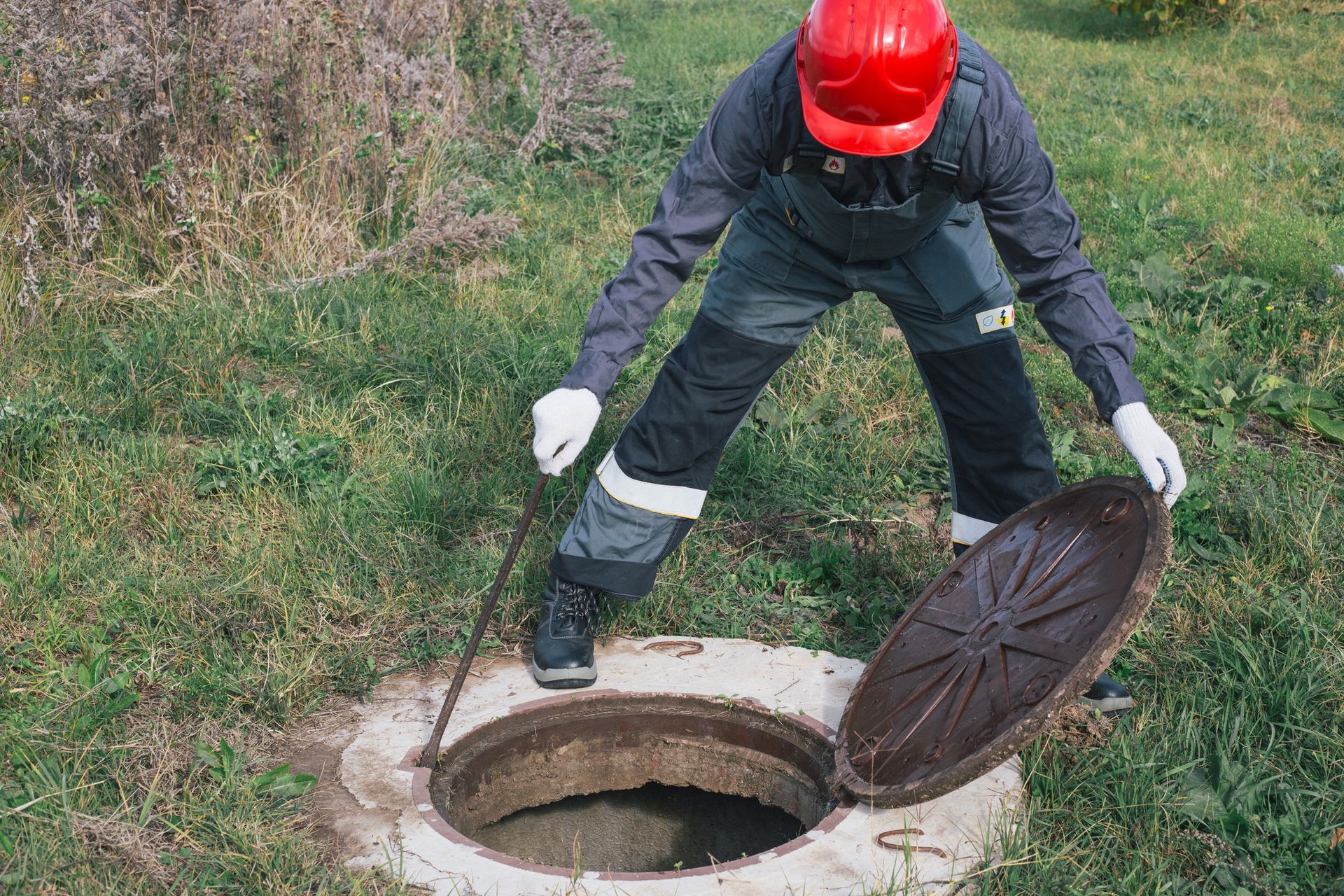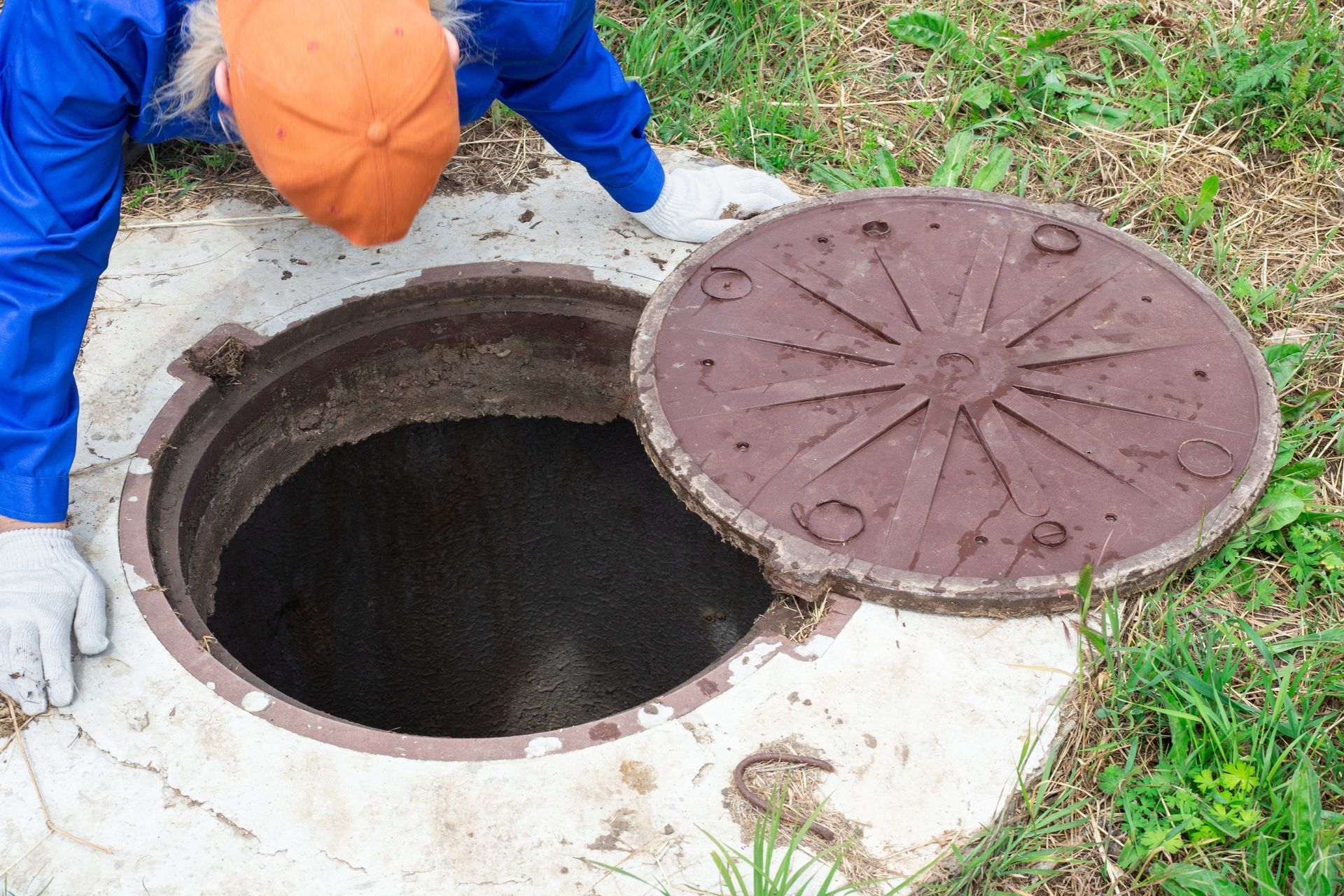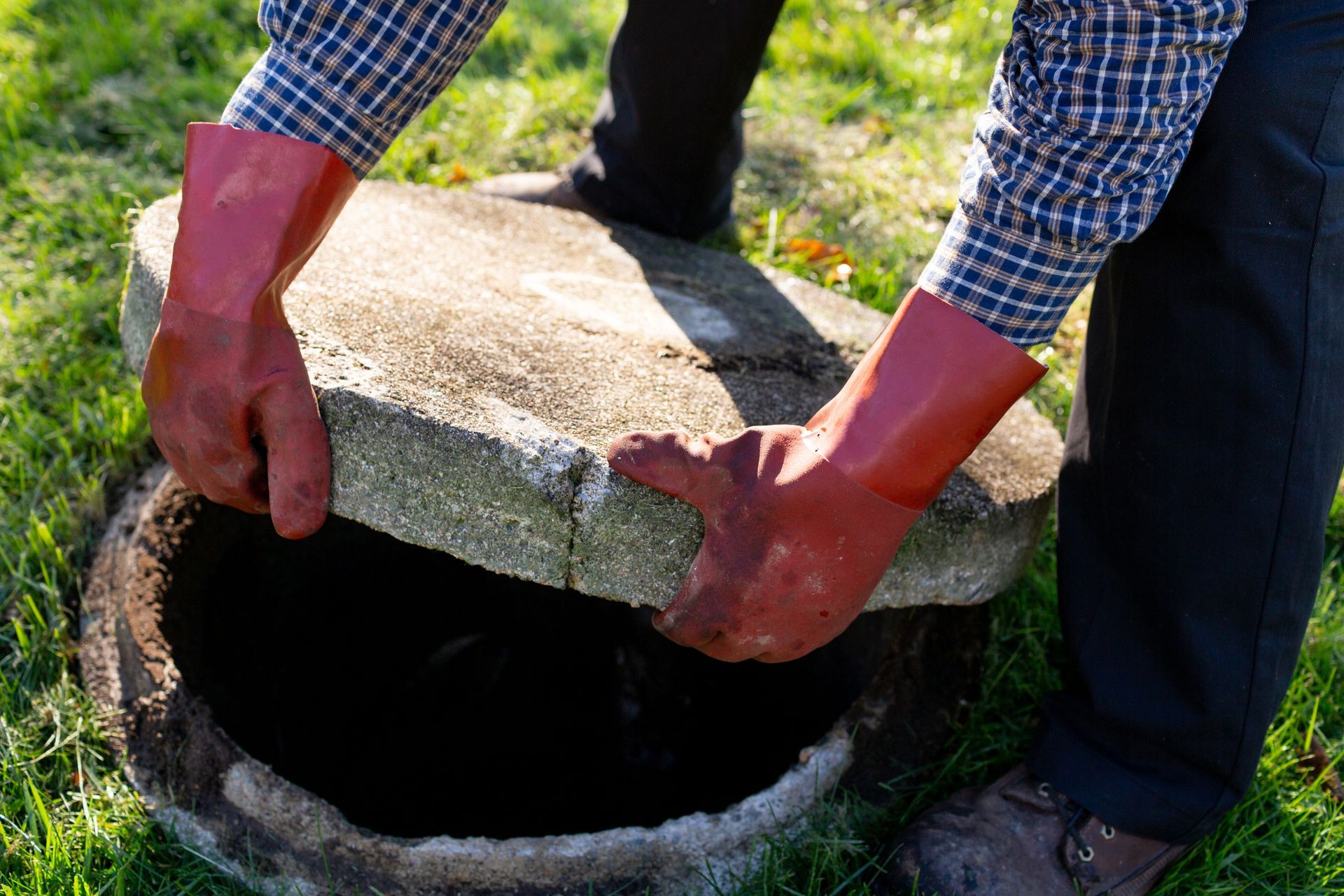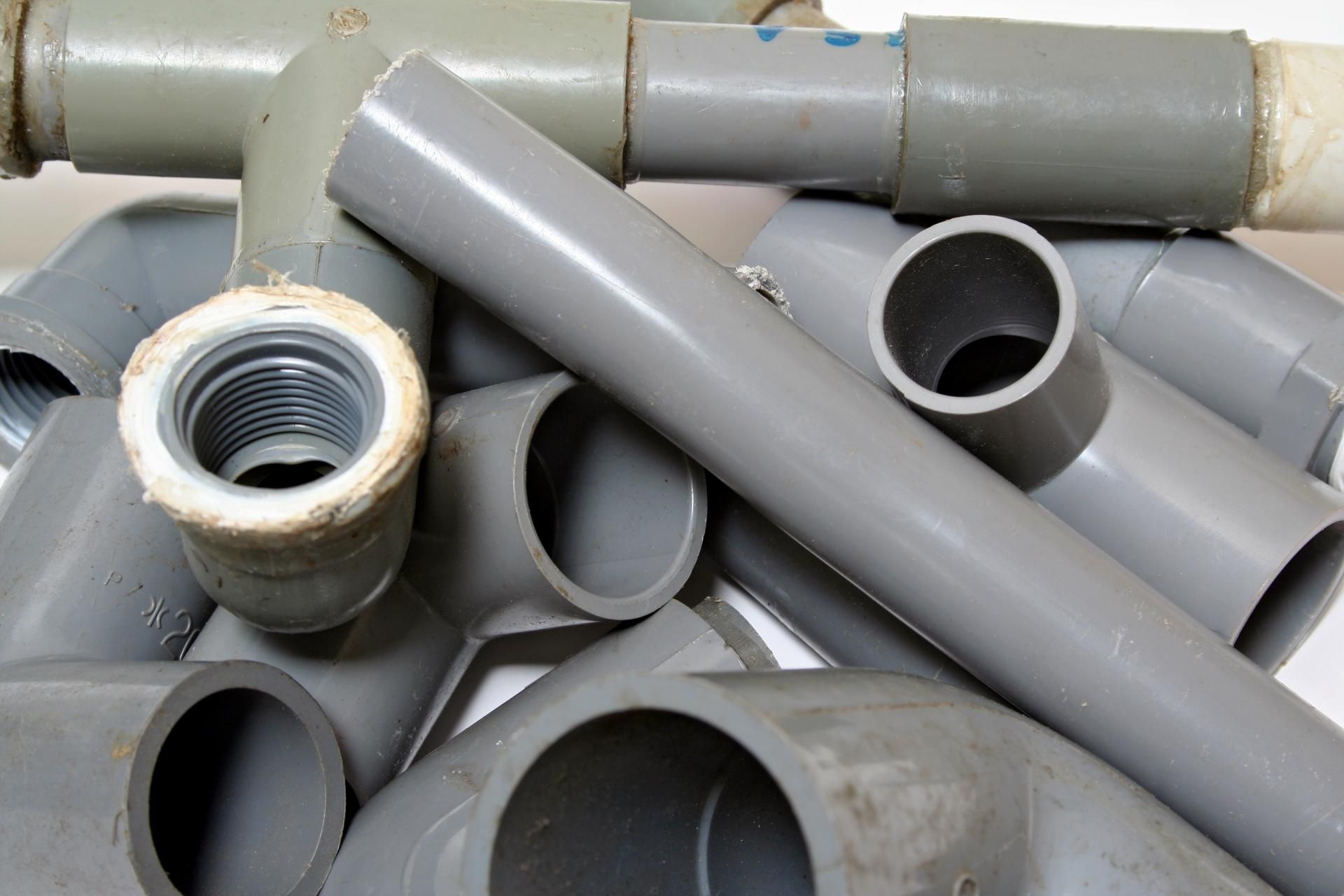Signs You've Got Drainfield Clogs and How Hydro Jetting Can Help

While clogs can develop in the pipes that connect your septic tank to your home, they can also occur in your drainfield. Drainfield clogs can be much more difficult to remove than clogs that occur elsewhere in your septic system and, when they become too severe, can cause septic system failure. For this reason, you should learn about the signs of drainfield pipe clogs so you can attempt to remedy them when they first develop before they worsen and lead to drainfield failure.
Learn about the most common signs of septic system drainfield clogs and how a hydro jetting service can potentially help clear your drainfield pipes.
A few of the most common signs that your drainfield may have one or more pipe blockages include the following.
A partial clog in a drainfield pipe can slow down your entire septic and plumbing system, leading to water flowing down your home drains more slowly.
A drainfield clog can also cause your drains to emit gurgling or other unusual sounds.
A slow toilet flush can lead to the need to flush the toilet several times in a row after using it to evacuate all toilet bowl contents.
When a drainfield clog becomes more severe, water can stop flowing through home drains altogether and sewage can instead begin backing up into them.
Septic tank drainfield pipes can become clogged for a variety of reasons. However, frequent clog causes include too infrequent pumping of your septic tank; overuse of a household garbage disposal that does not break foods properly; and flushing products down your toilet not intended for septic tank use. Tree root entry into drainfield pipes can also cause clogs.
One service that can help remove septic tank drainfield pipe clogs after they first develop to potentially extend the life of a drainfield is septic line hydro jetting.
During a hydro jetting service, a plumber sends a highly pressurized stream of water through your septic system pipes (including those in your drainfield) that is powerful enough to dislodge many types of clogs. A typical hydro jet tool can send about 20 gallons of water a minute through a pipe at up to a 5,000 pounds-per-square-inch (PSI) of pressure.
While this service can help clear clogs in your septic tank and drainfield pipes, it works best when the drainfield clog is in the pipe that runs from the septic tank to the drainfield. In addition, as it removes the drainfield clog, it can also remove grease, debris, and even mineral buildup on the interiors of all septic system pipes to help prevent future pipe clogs and even speed up the flow of effluent through your drainfield now.
While hydro jetting is a good option when pipes are clogged, the pressurized water the device emits can worsen some types of pipe damage. For this reason, hydro jetting services should be reserved for use clearing clogs in only pipes that are in good condition.
In addition, you should never try hydro jetting your drainfield pipes or allow an inexperienced professional to attempt the job due to the inherent dangers of this task. Water can be projected out of the hydro jet nozzle with such extreme force that it can puncture human skin.
Contact the septic tank experts at Bowen's Septic Tank for all of your septic system drainfield pipe hydro jetting needs today. We look forward to helping you have a healthy, high-performing, and long-lasting septic system. Please let us know how we can assist you.
Signs of Drainfield Clogs
A few of the most common signs that your drainfield may have one or more pipe blockages include the following.
Slow Drains
A partial clog in a drainfield pipe can slow down your entire septic and plumbing system, leading to water flowing down your home drains more slowly.
Gurgling Sounds Coming From Drains
A drainfield clog can also cause your drains to emit gurgling or other unusual sounds.
Slow Toilet Flush
A slow toilet flush can lead to the need to flush the toilet several times in a row after using it to evacuate all toilet bowl contents.
Sewage Backup Into Home Drains or Yard
When a drainfield clog becomes more severe, water can stop flowing through home drains altogether and sewage can instead begin backing up into them.
Septic tank drainfield pipes can become clogged for a variety of reasons. However, frequent clog causes include too infrequent pumping of your septic tank; overuse of a household garbage disposal that does not break foods properly; and flushing products down your toilet not intended for septic tank use. Tree root entry into drainfield pipes can also cause clogs.
How Drainfield Hydro Jetting Can Help
One service that can help remove septic tank drainfield pipe clogs after they first develop to potentially extend the life of a drainfield is septic line hydro jetting.
During a hydro jetting service, a plumber sends a highly pressurized stream of water through your septic system pipes (including those in your drainfield) that is powerful enough to dislodge many types of clogs. A typical hydro jet tool can send about 20 gallons of water a minute through a pipe at up to a 5,000 pounds-per-square-inch (PSI) of pressure.
While this service can help clear clogs in your septic tank and drainfield pipes, it works best when the drainfield clog is in the pipe that runs from the septic tank to the drainfield. In addition, as it removes the drainfield clog, it can also remove grease, debris, and even mineral buildup on the interiors of all septic system pipes to help prevent future pipe clogs and even speed up the flow of effluent through your drainfield now.
While hydro jetting is a good option when pipes are clogged, the pressurized water the device emits can worsen some types of pipe damage. For this reason, hydro jetting services should be reserved for use clearing clogs in only pipes that are in good condition.
In addition, you should never try hydro jetting your drainfield pipes or allow an inexperienced professional to attempt the job due to the inherent dangers of this task. Water can be projected out of the hydro jet nozzle with such extreme force that it can puncture human skin.
Contact the septic tank experts at Bowen's Septic Tank for all of your septic system drainfield pipe hydro jetting needs today. We look forward to helping you have a healthy, high-performing, and long-lasting septic system. Please let us know how we can assist you.
